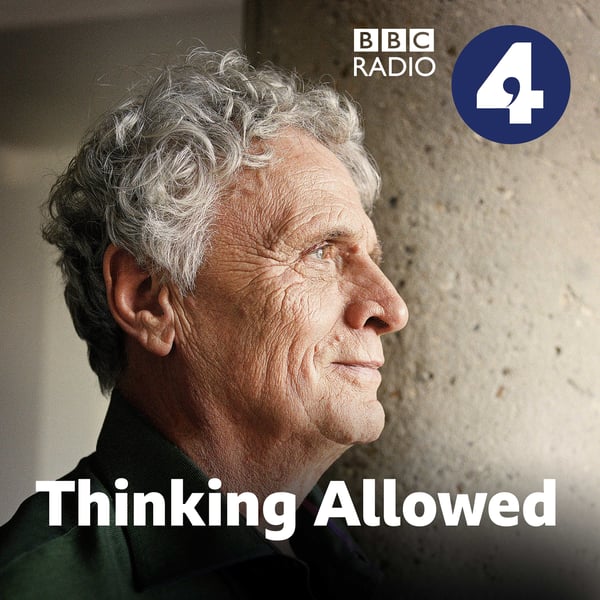Dress Culture
Thinking Allowed
BBC
4.4 • 973 Ratings
🗓️ 11 March 2025
⏱️ 29 minutes
🧾️ Download transcript
Summary
Laurie Taylor talks to Fatima Rajina, Senior Legacy in Action Research Fellow at the Stephen Lawrence Research Centre, De Montfort University, Leicester, about changing perceptions of dress among British Bangladeshi Muslim men in London’s East End. Why has the thobe, a garment traditionally associated with the Arab States, come to signify a universal Muslim identity? And why have Muslim men's clothing choices attracted so little scrutiny, compared to Muslim women's? Also, Teleica Kirkland, Lecturer in the Cultural and Historical Studies Department at the London College of Fashion, explores the performative elegance of the Windrush generation, whose respectable presentation was a route to seeking dignity and respect in British society. What were the limitations of using fashion as a way to gain acceptance?
Producer: Jayne Egerton
Transcript
Click on a timestamp to play from that location
| 0:00.0 | He tells her that she will be sent to France as a secret agent, and if she's caught, she's going to be shot. |
| 0:09.3 | I'm Helen Obalam Carter, and this is history's secret heroes, where I shine a light on extraordinary stories from World War II. |
| 0:17.6 | What they wanted was someone to get themselves arrested and sent to Auschwitz. |
| 0:22.0 | Tales of deception and incredible acts of resistance and courage. She was a born soldier. |
| 0:27.4 | She's a freedom fighter in its widest sense. The brand new series of history's secret heroes. |
| 0:32.8 | Listen first on BBC Sounds. BBC Sounds, music, radio, podcasts. |
| 0:40.0 | This is a Thinking Aloud podcast from the BBC, and for more details and much, much more about |
| 0:46.1 | thinking aloud, go to our website at BBC.co.com. |
| 0:50.7 | Hello, a long time ago, way back in the, well, it would have been the early 60s, my wife and I needed to farm out our very young son so that we might well earn some much needed money. We eventually found a babysitter in the next street to us in Ballon. She was a West Indian lady and I can still vividly recall my amazement when she led me into her front room. |
| 1:14.2 | It was a room later to be celebrated by the Geoffrey Museum, a densely packed space, proliferating with family photographs, gold effect finishes, highly coloured glass vases, furniture adorned with skillfully crocheted doilies, |
| 1:28.8 | a front room to put other front rooms to shame, |
| 1:32.5 | a bold cultural statement that came immediately to mind |
| 1:36.1 | as I was reading a new research paper which looked at another |
| 1:39.3 | and rather different example of representation by members of the Windrush Generation. |
| 1:50.4 | The manner in which newly arrived Caribbean men and women use their clothing to introduce themselves to the white British people who would be their new neighbours and workmates. |
| 1:56.4 | Well, that paper, which appears as a chapter in the 2024 book, Dangerous Bodies, is entitled |
| 2:01.8 | Performative Elegance, the Wind Rush Generation and the Politics of Respectability. |
| 2:08.2 | Its author is Talika Kirkland, who is lecturer in the Cultural and Historical Studies Department |
| 2:13.6 | at the London College of Fashion. |
| 2:16.1 | Talika, I've got a clip here. This comes from Windrush, BBC 2 series, from 1998. |
| 2:23.3 | June 21st, 1948. |
| 2:26.3 | Although the windrush had come 5,000 miles to Britain, |
... |
Please login to see the full transcript.
Disclaimer: The podcast and artwork embedded on this page are from BBC, and are the property of its owner and not affiliated with or endorsed by Tapesearch.
Generated transcripts are the property of BBC and are distributed freely under the Fair Use doctrine. Transcripts generated by Tapesearch are not guaranteed to be accurate.
Copyright © Tapesearch 2025.

